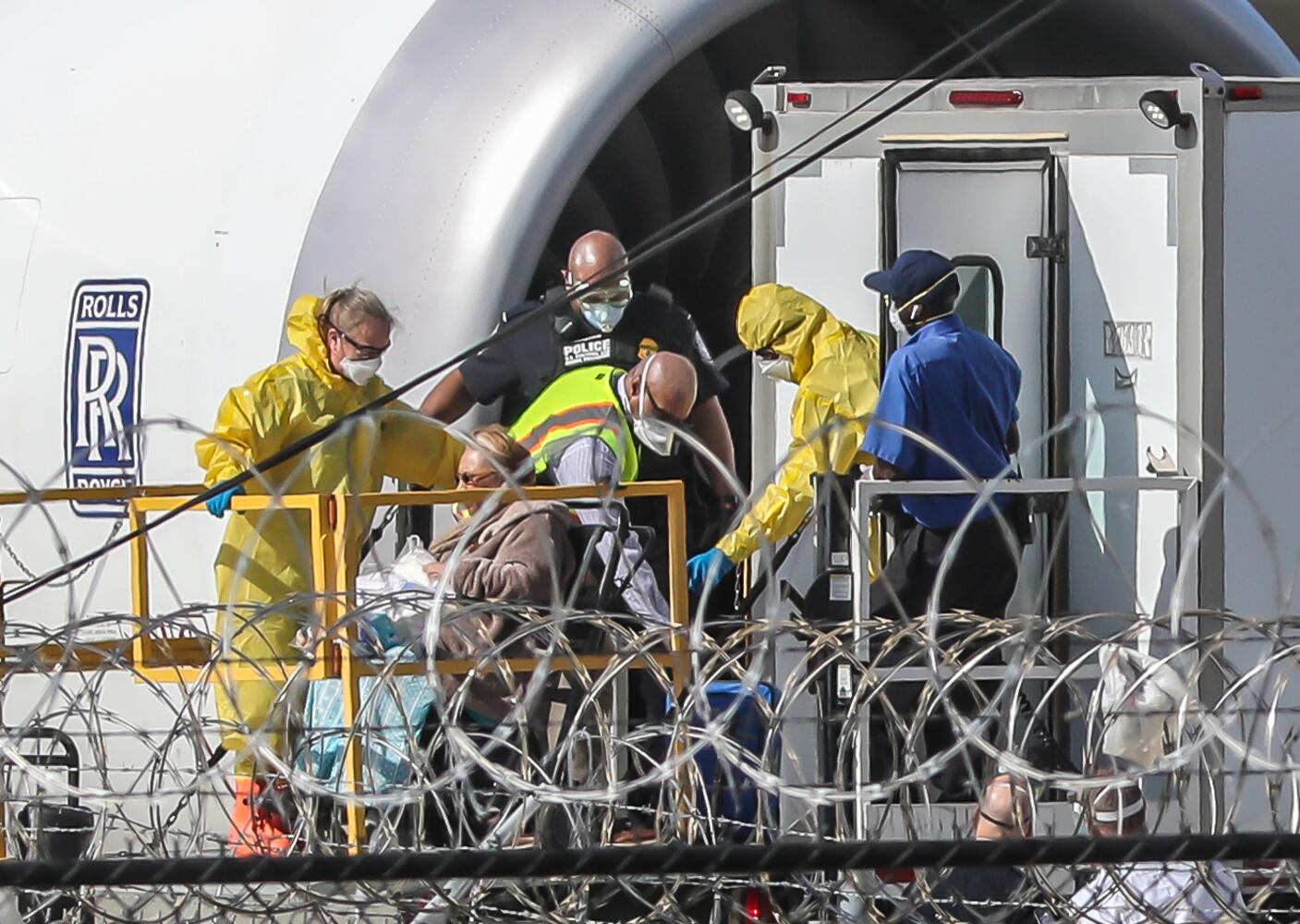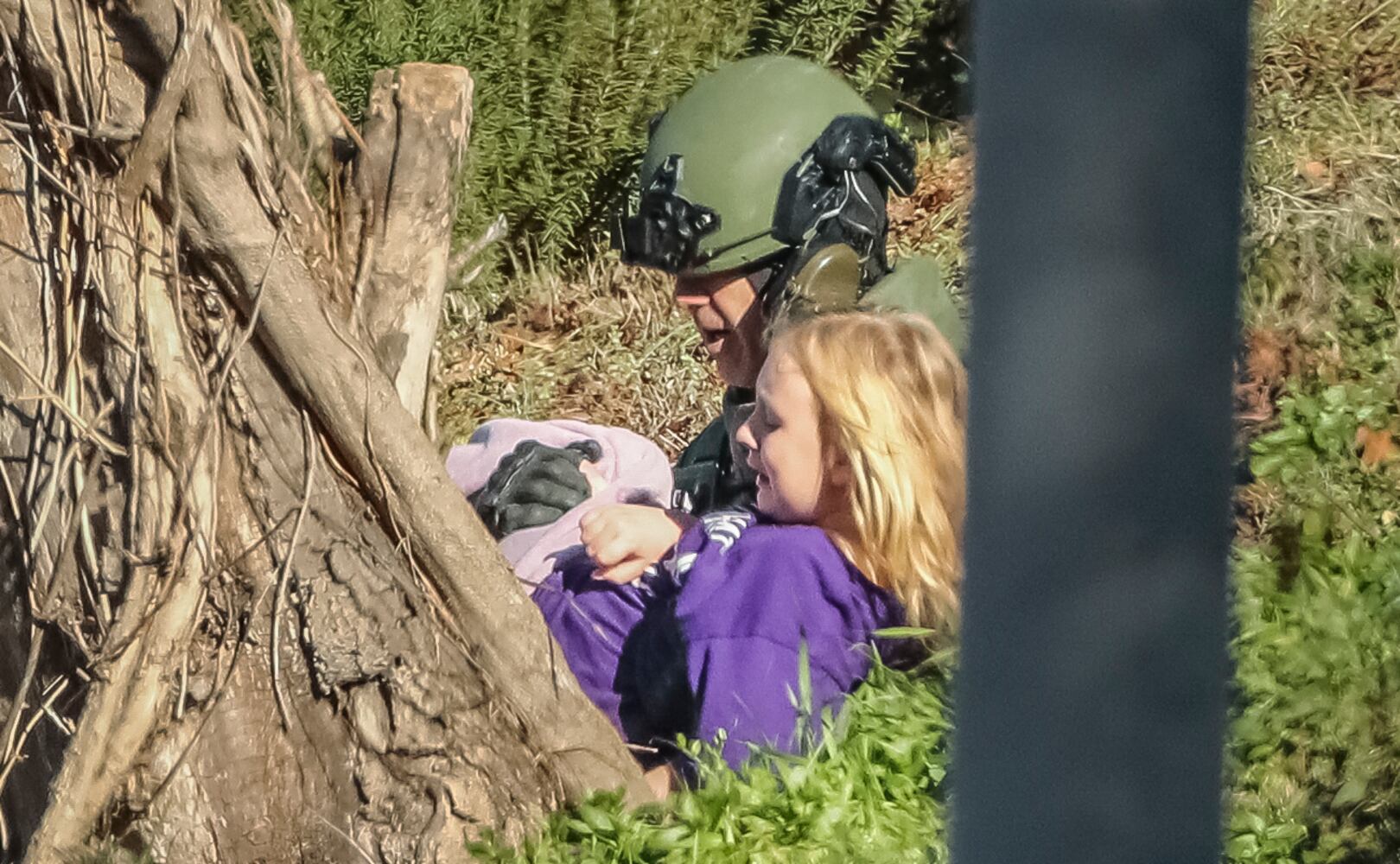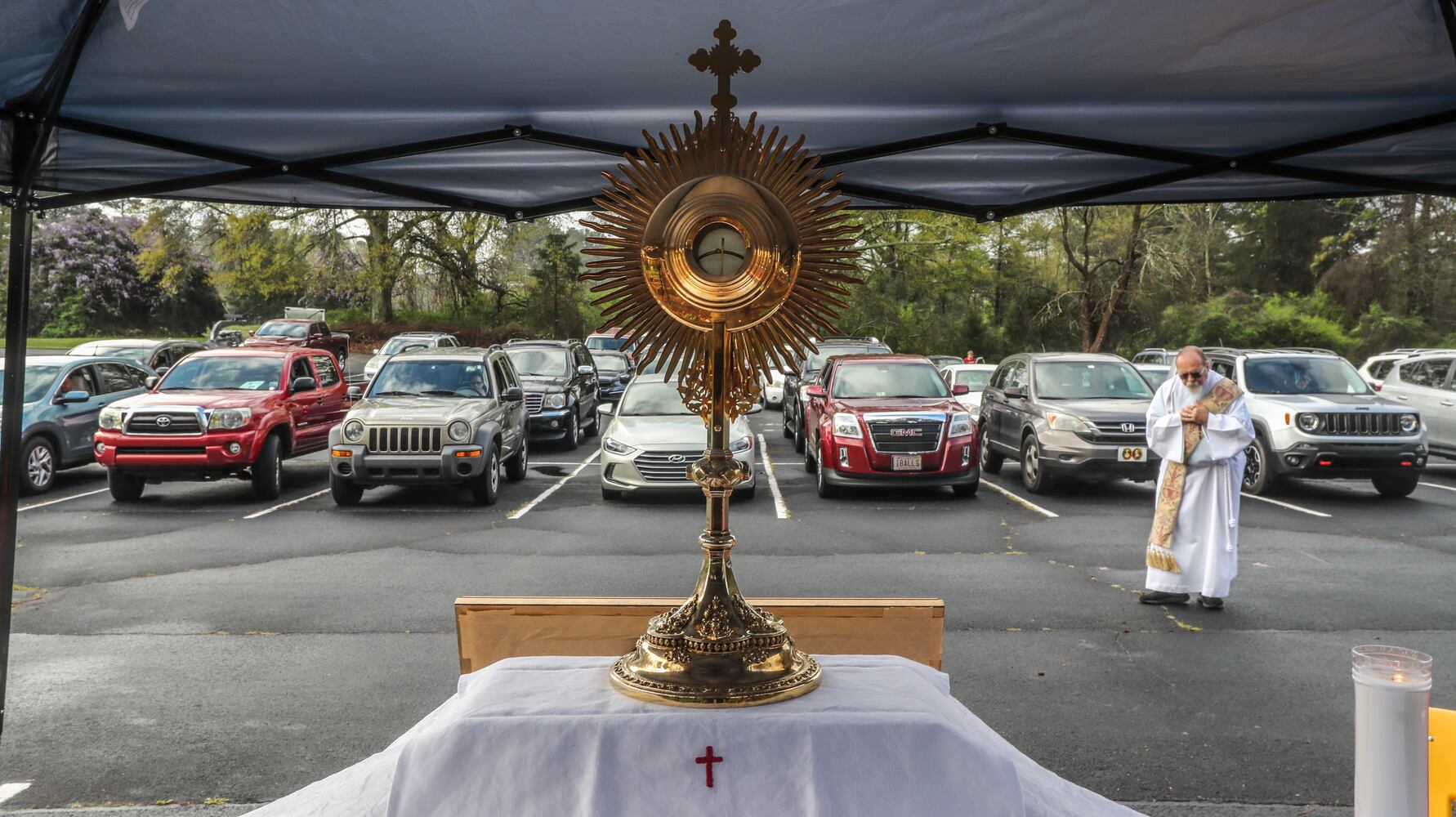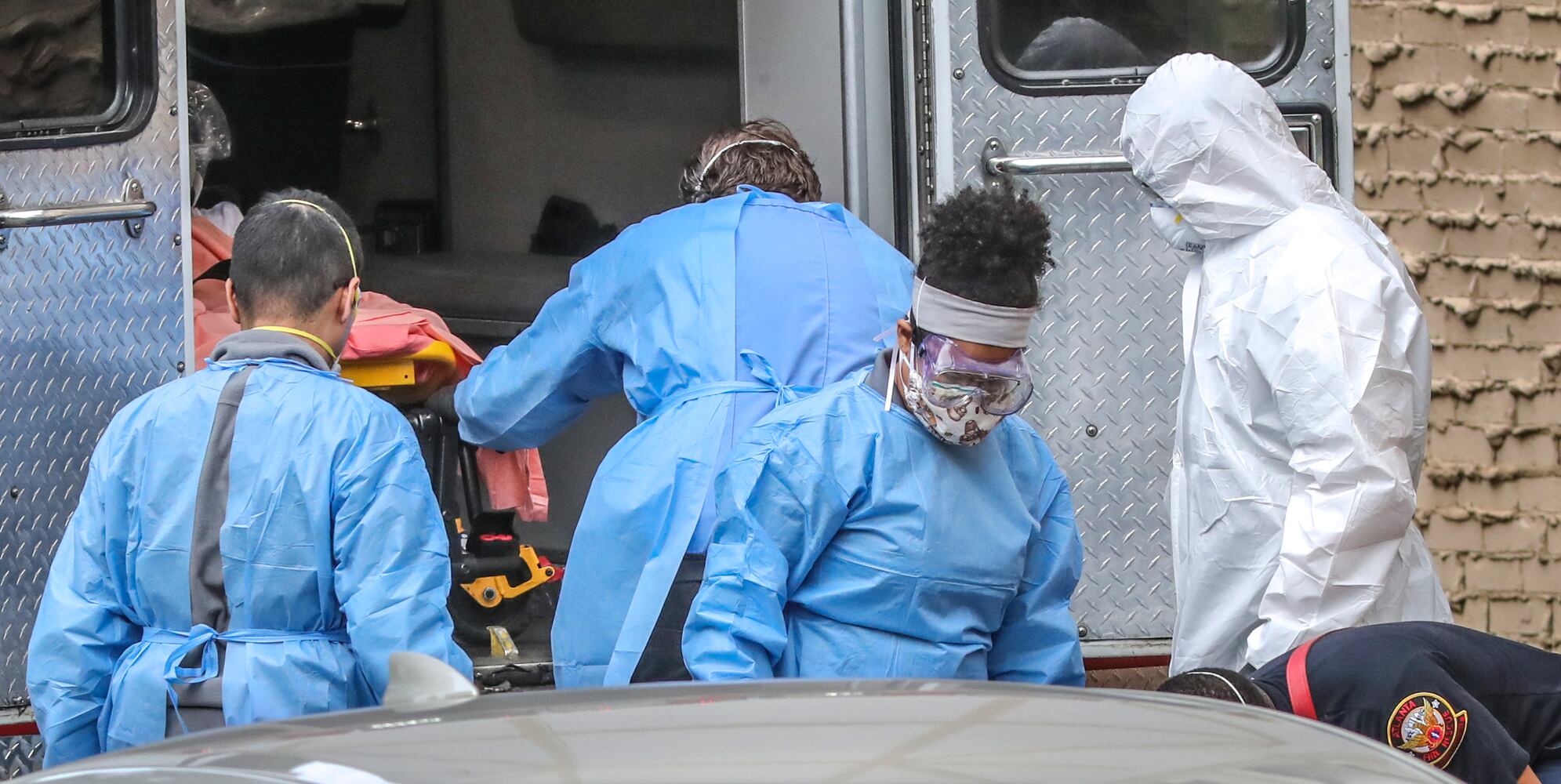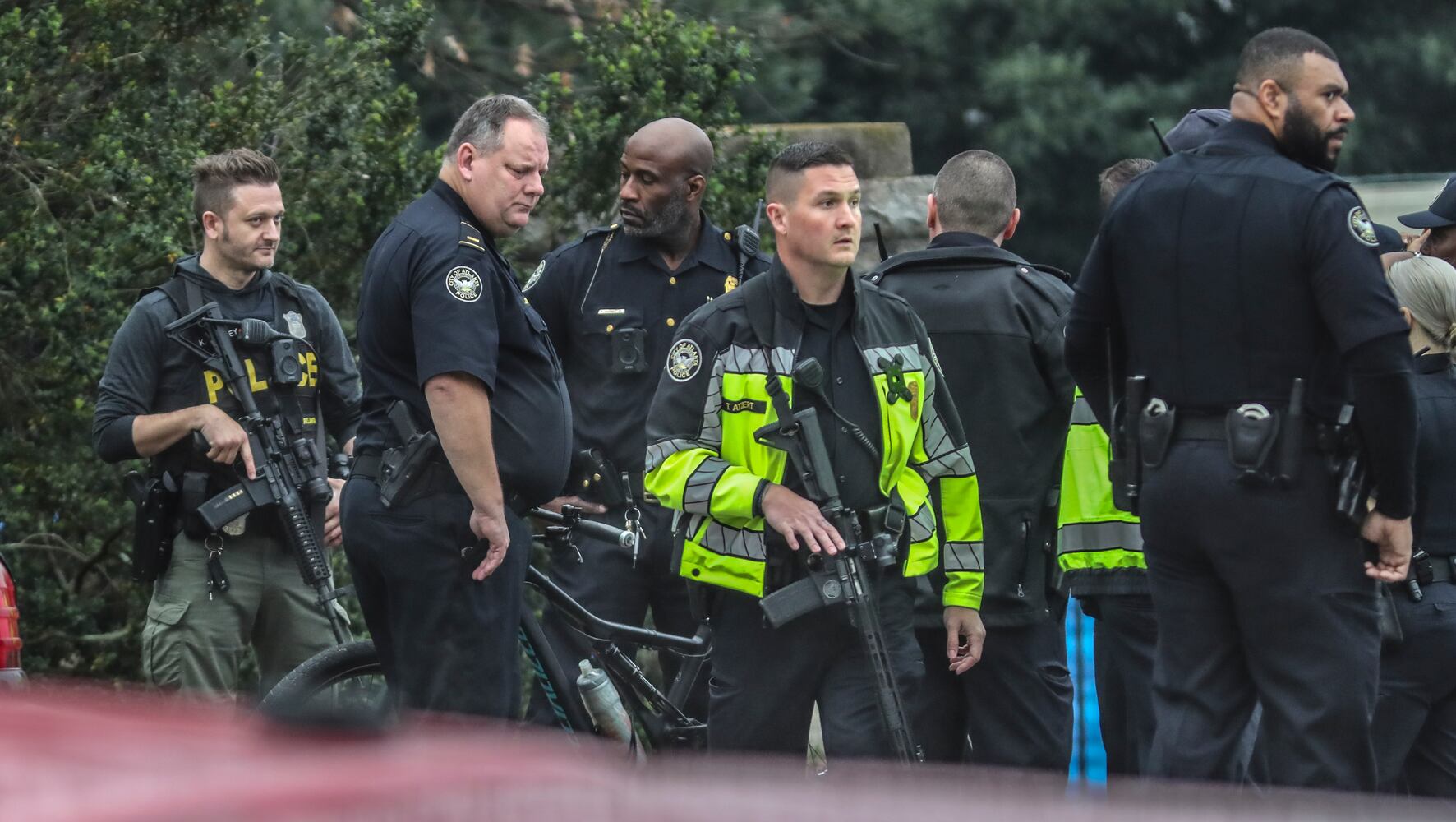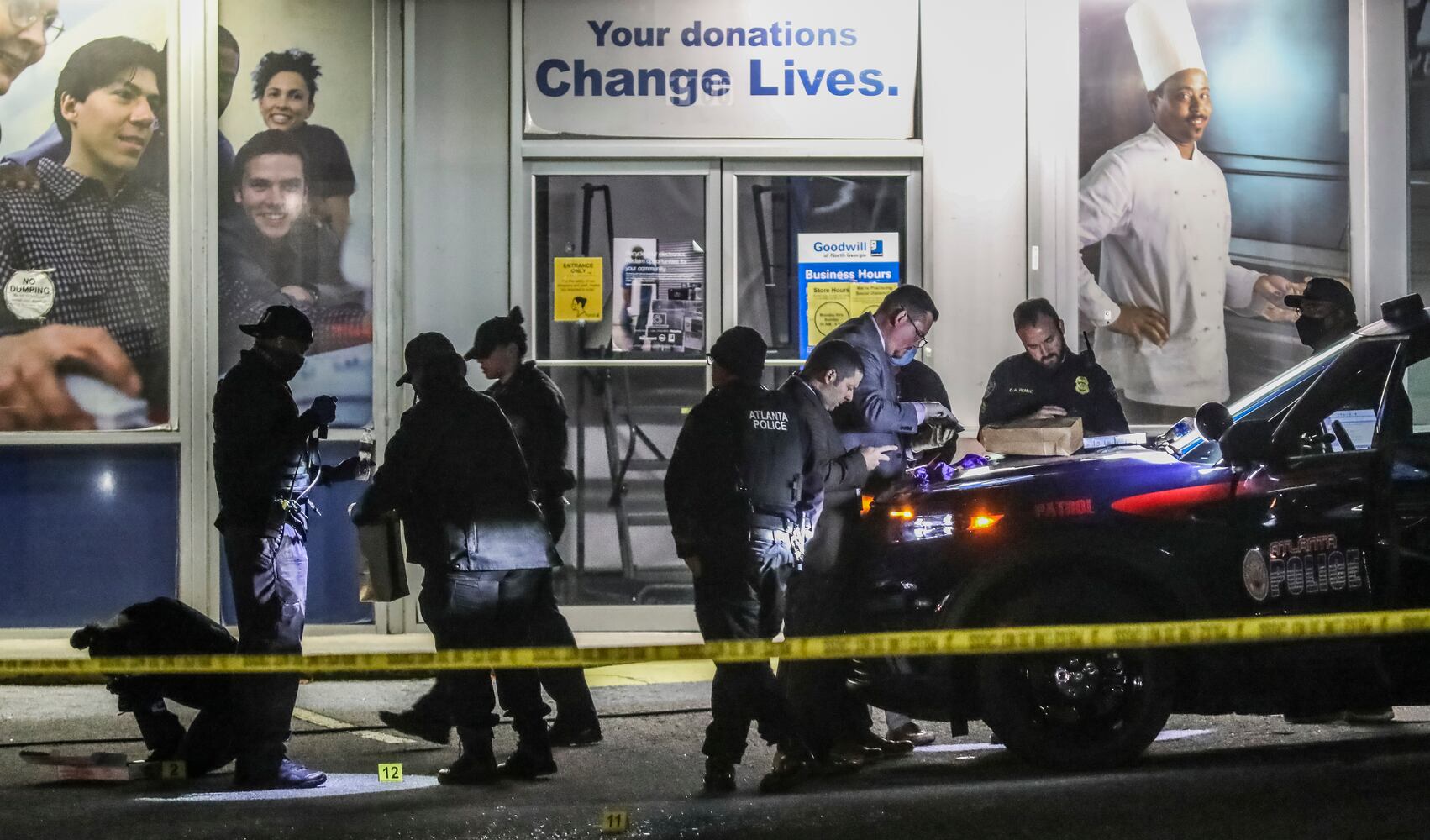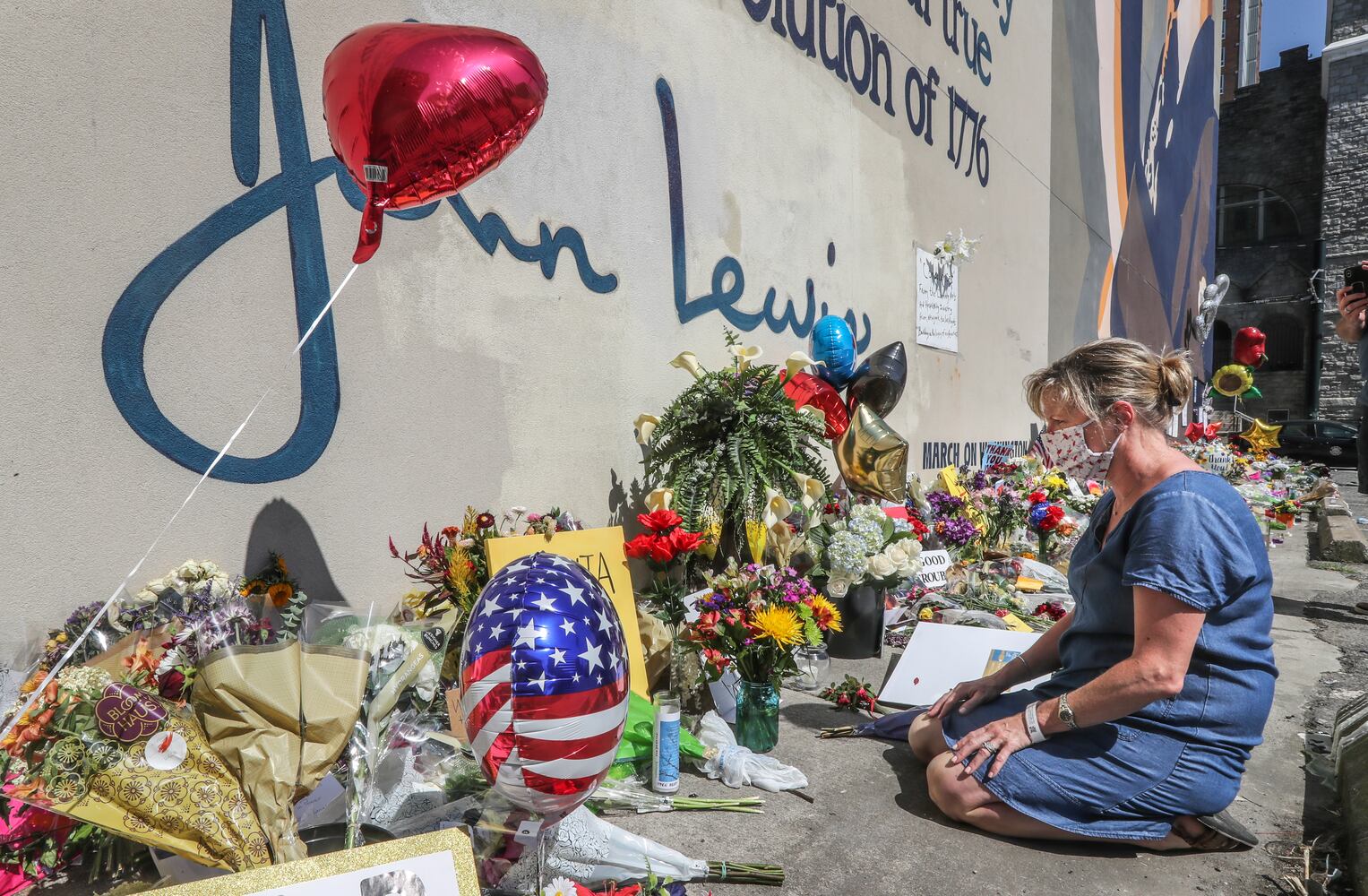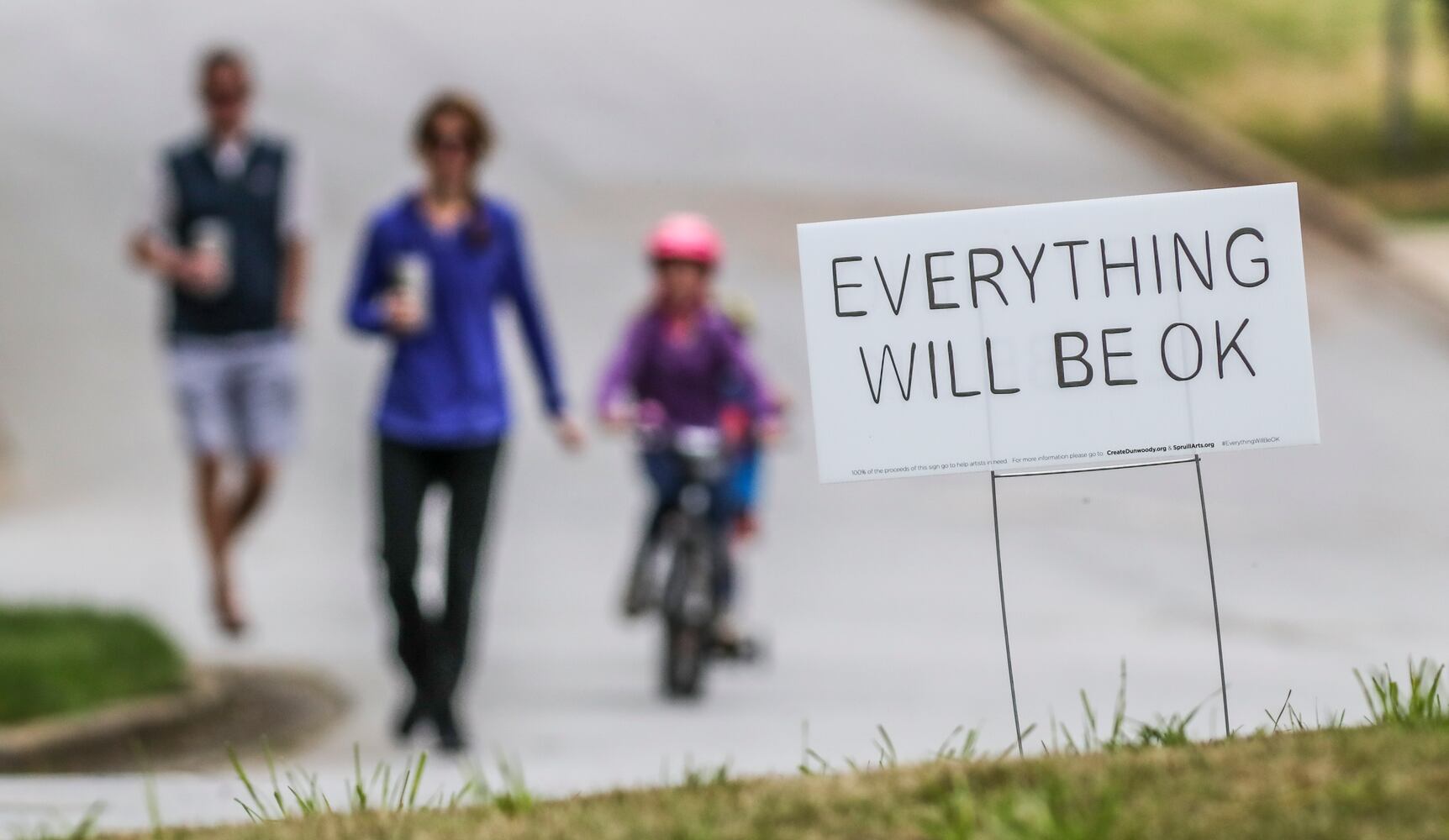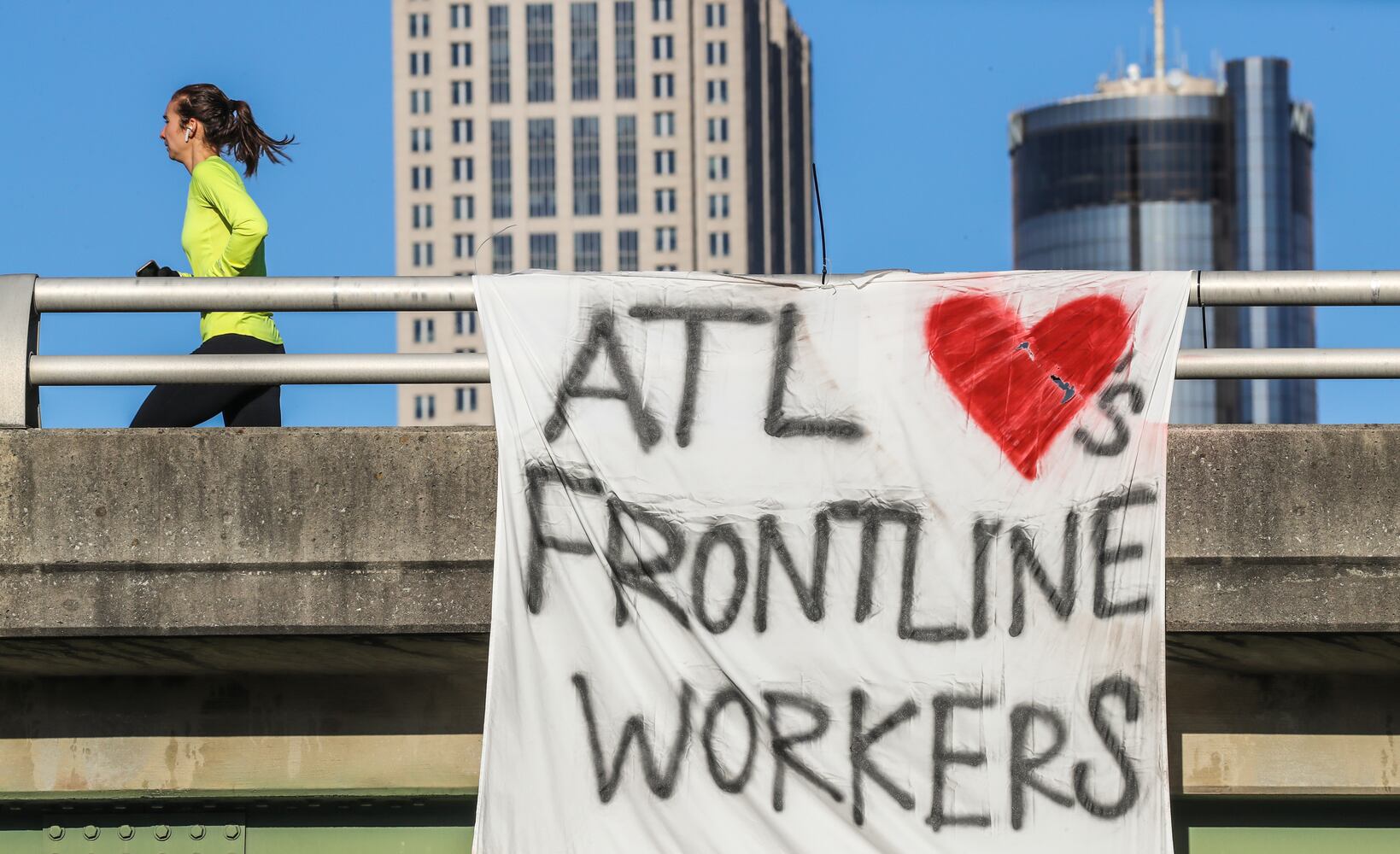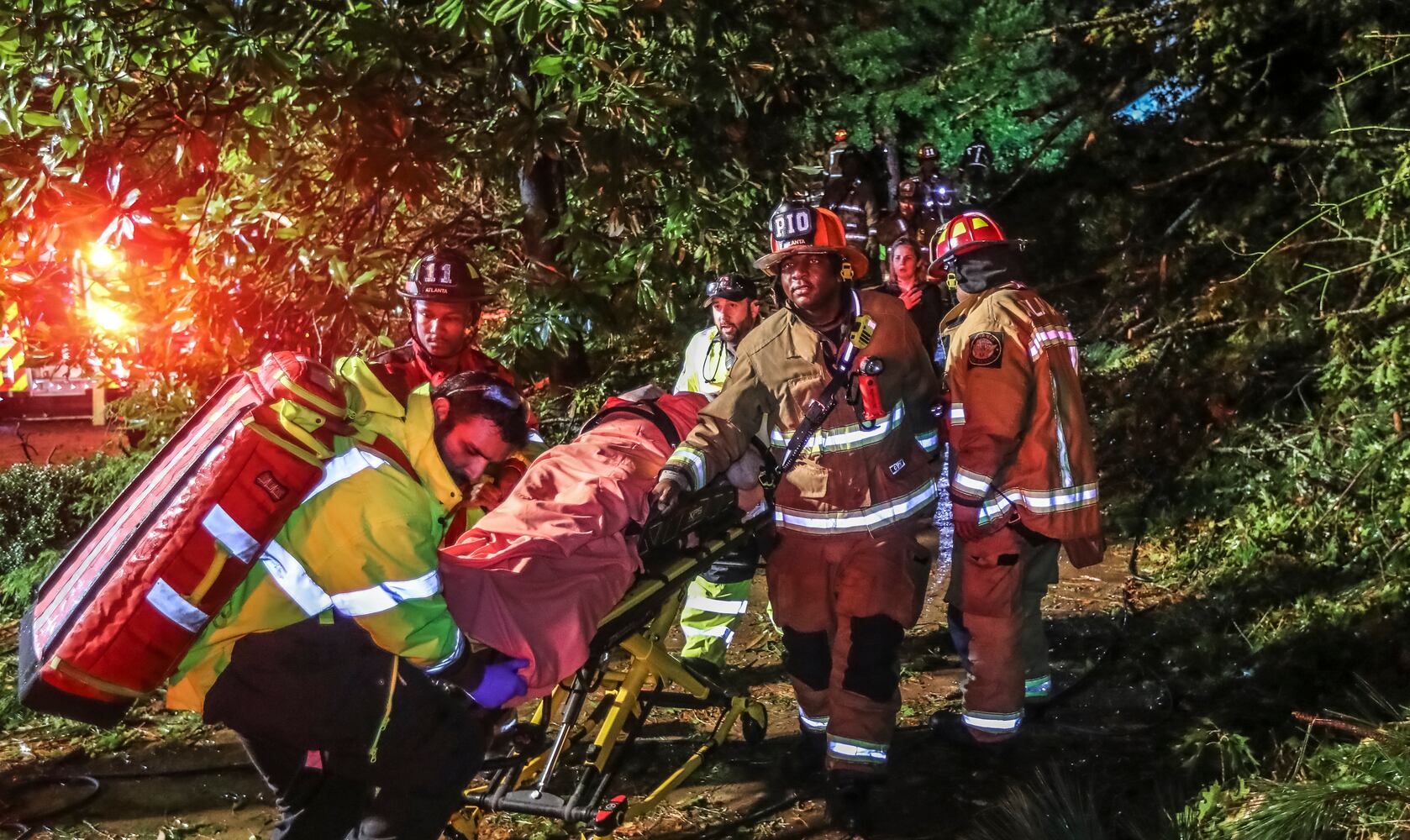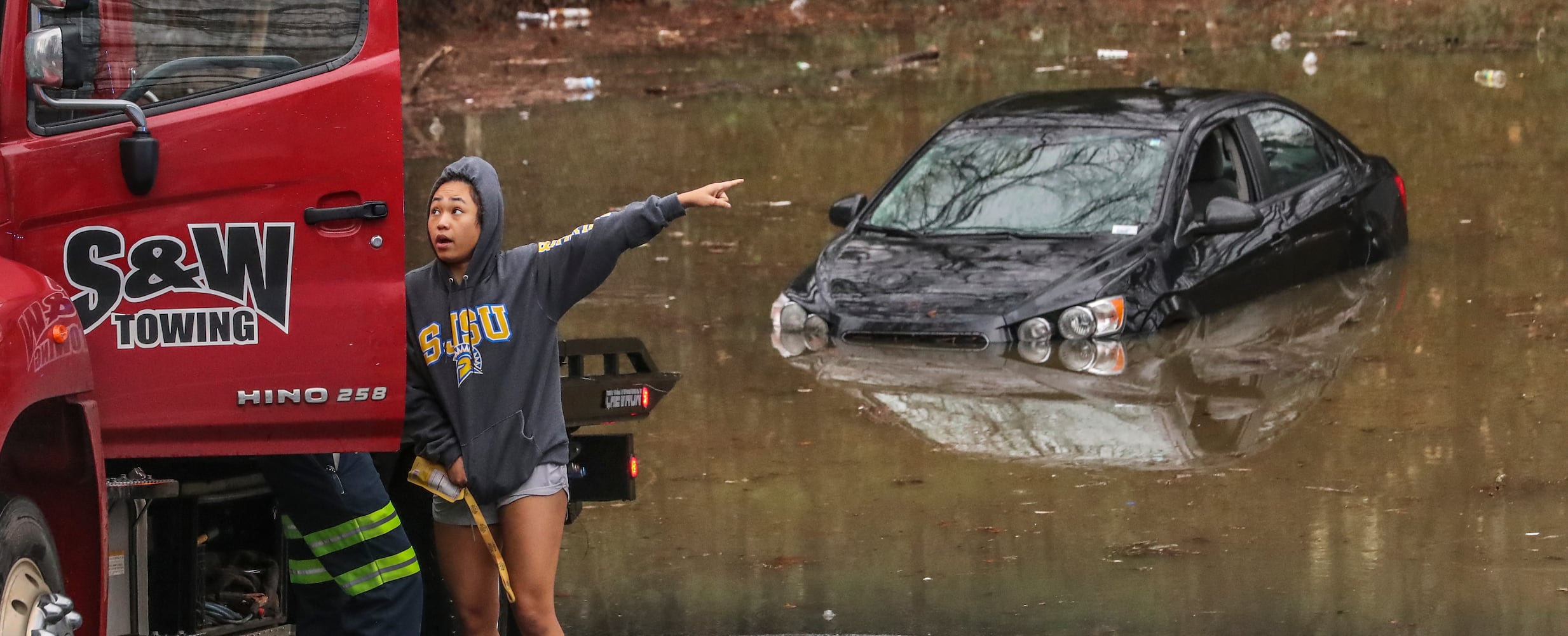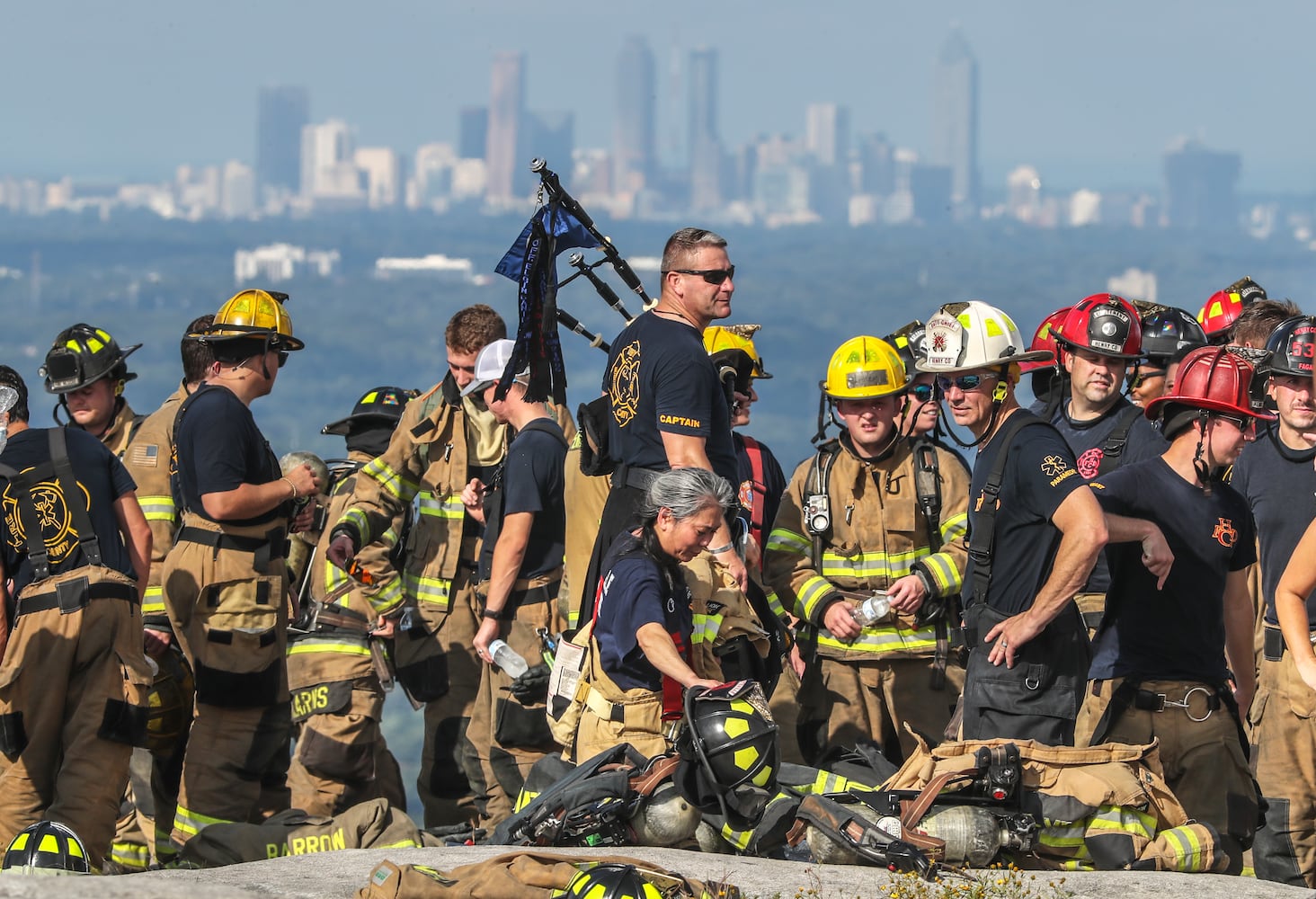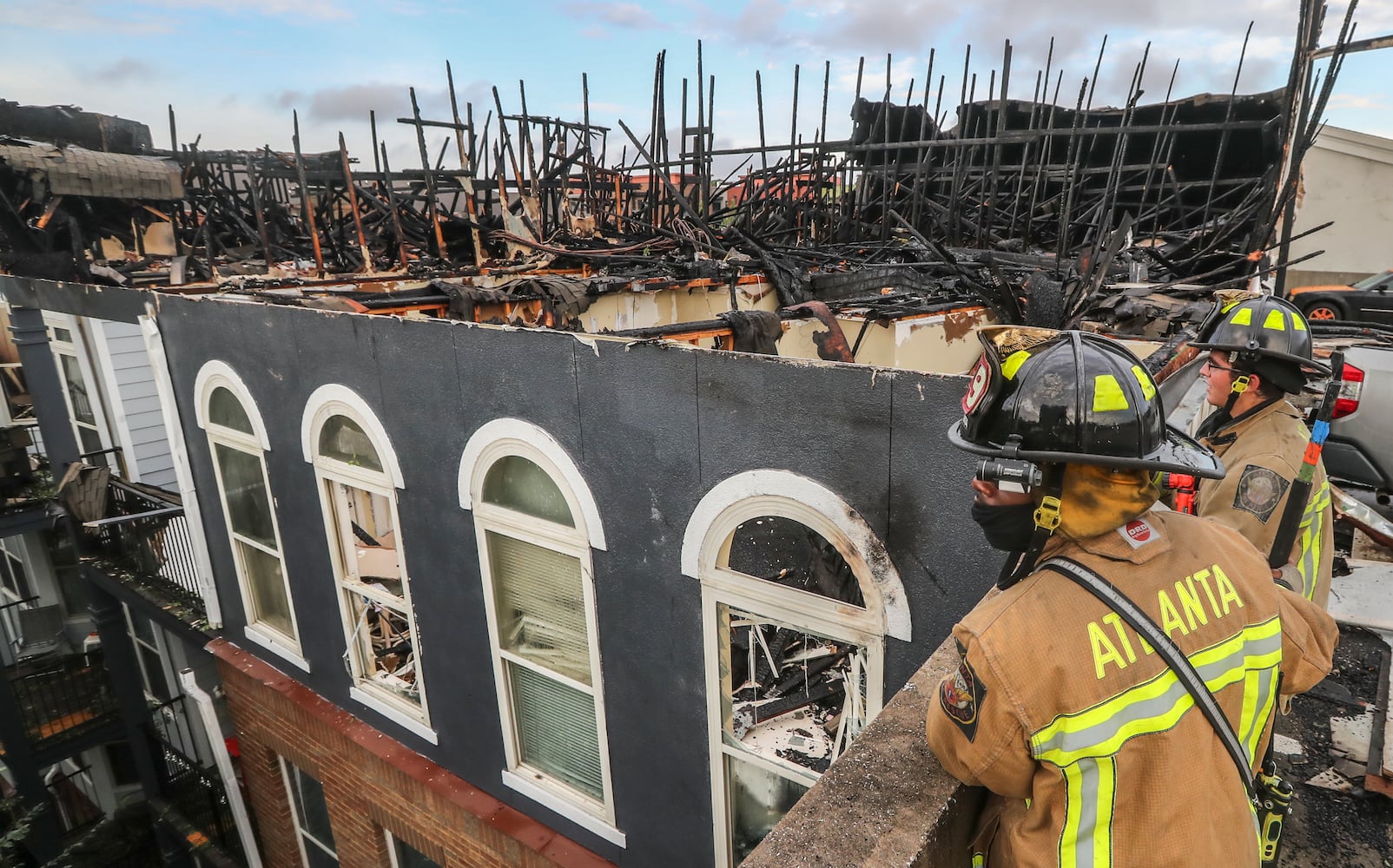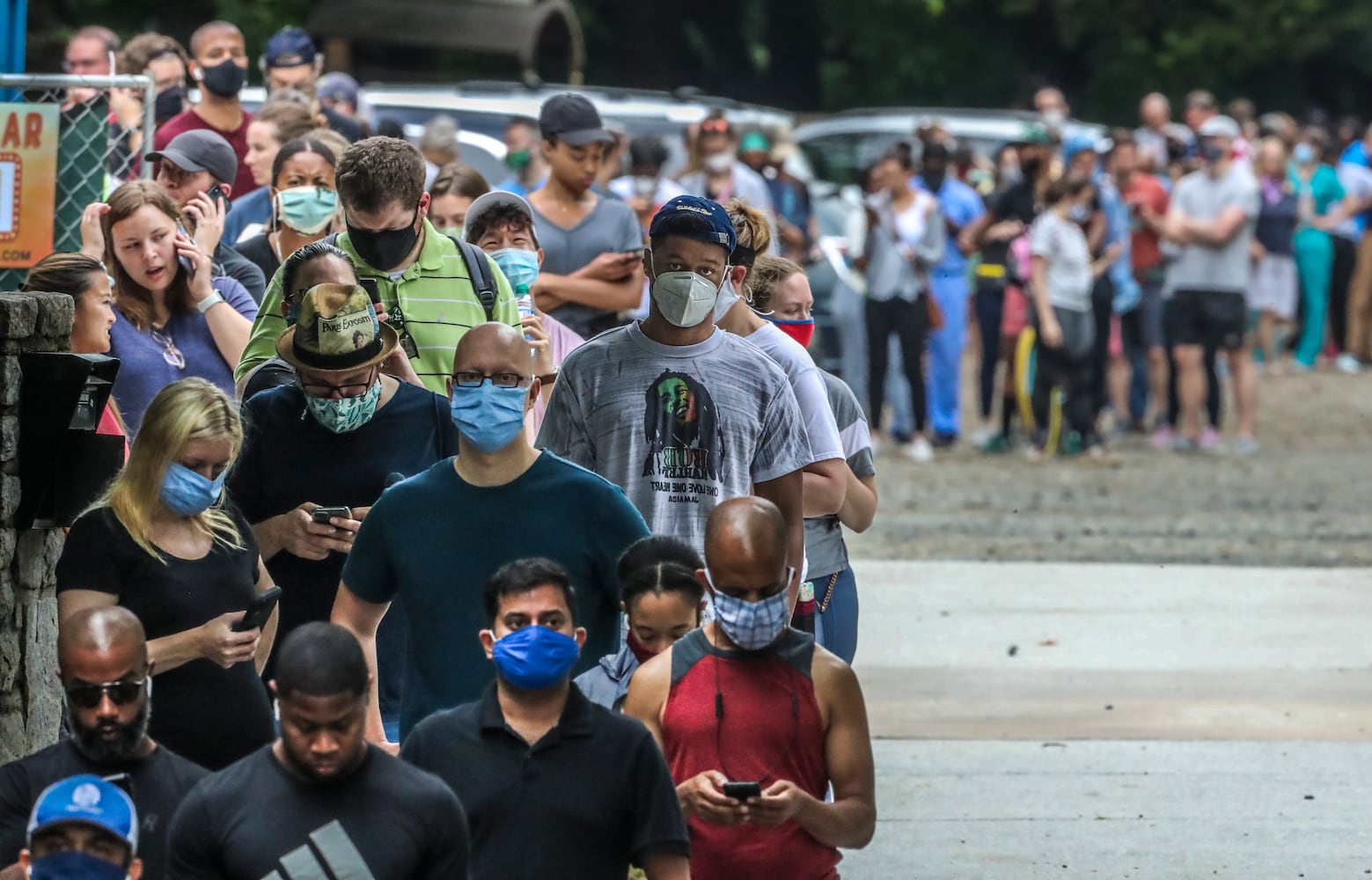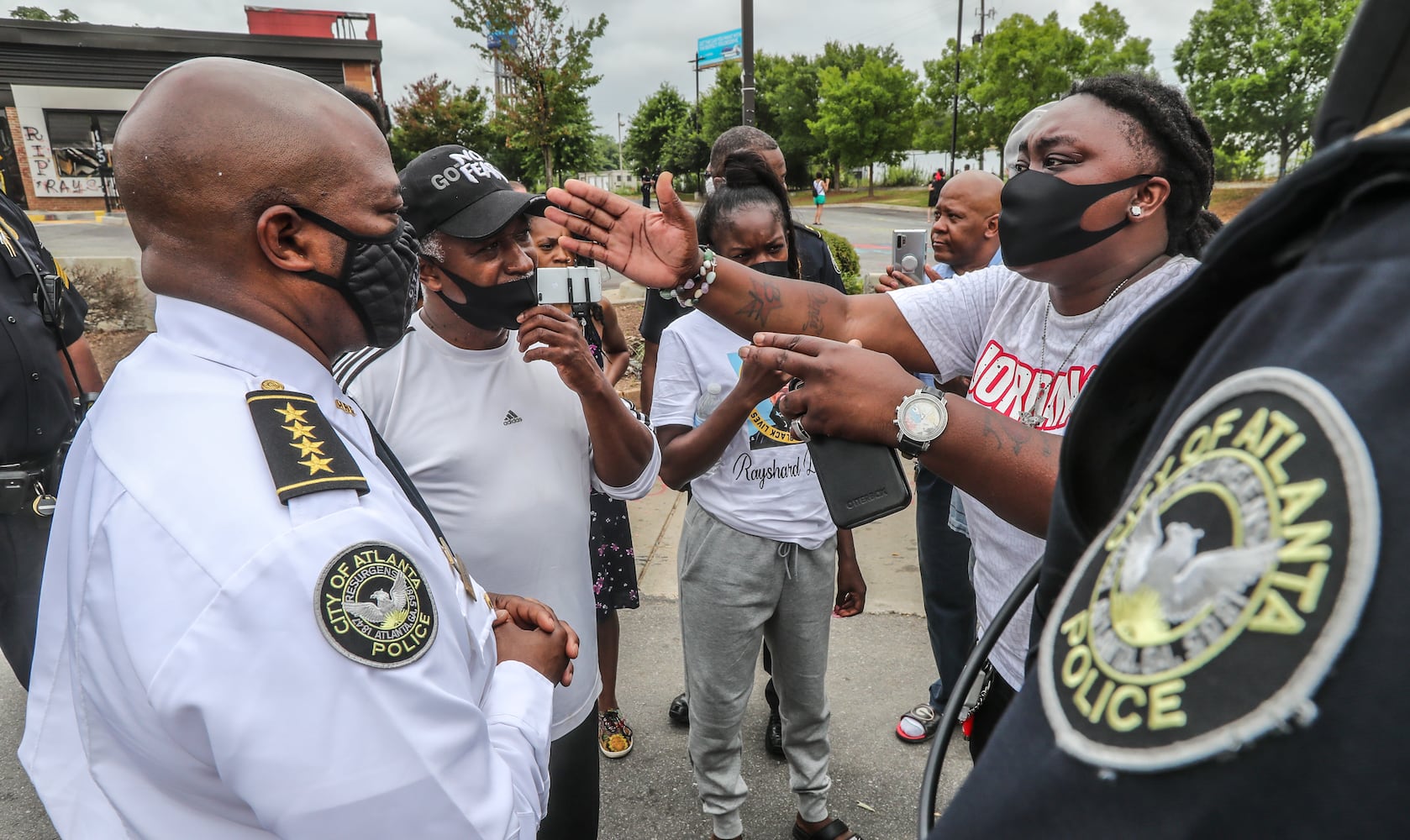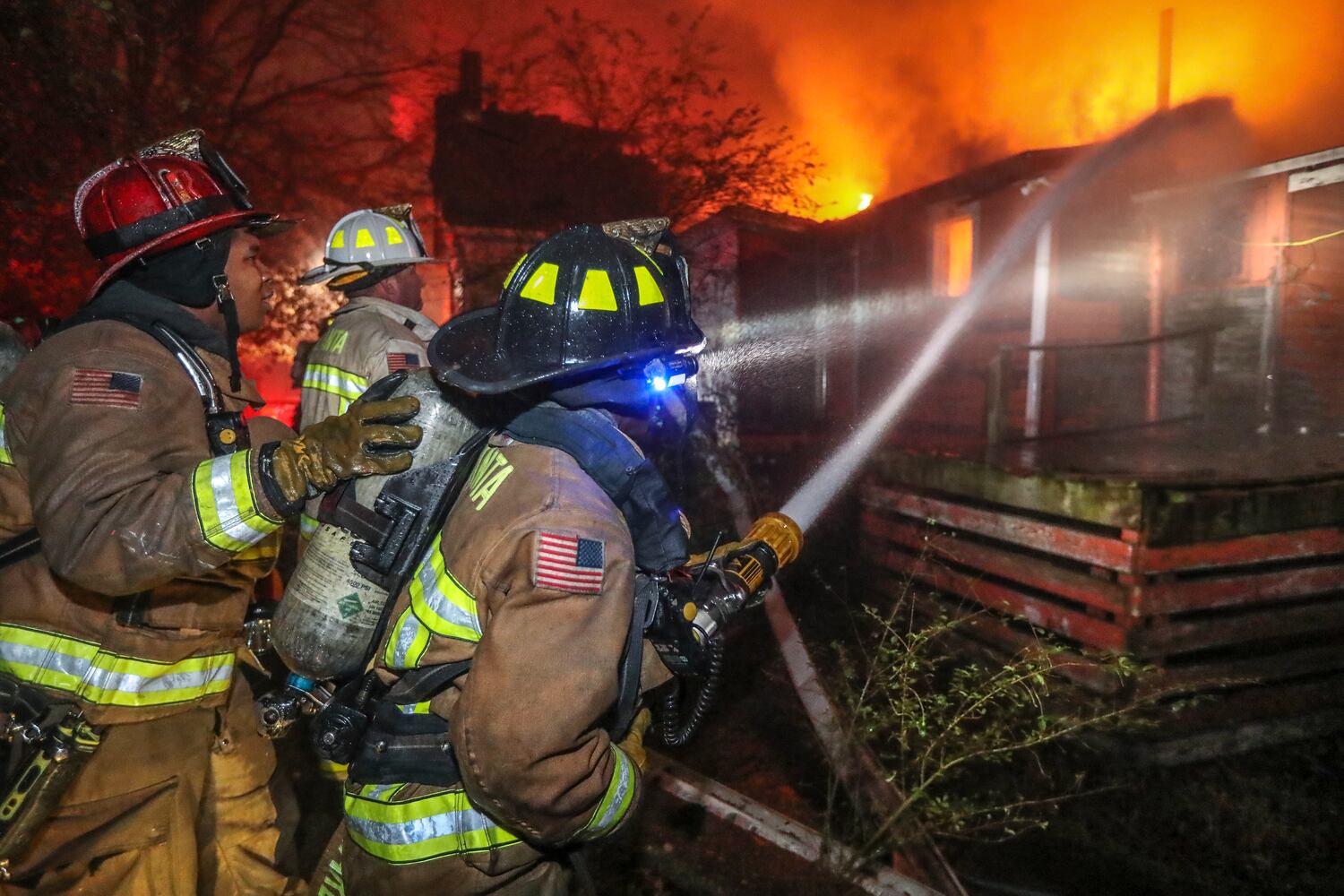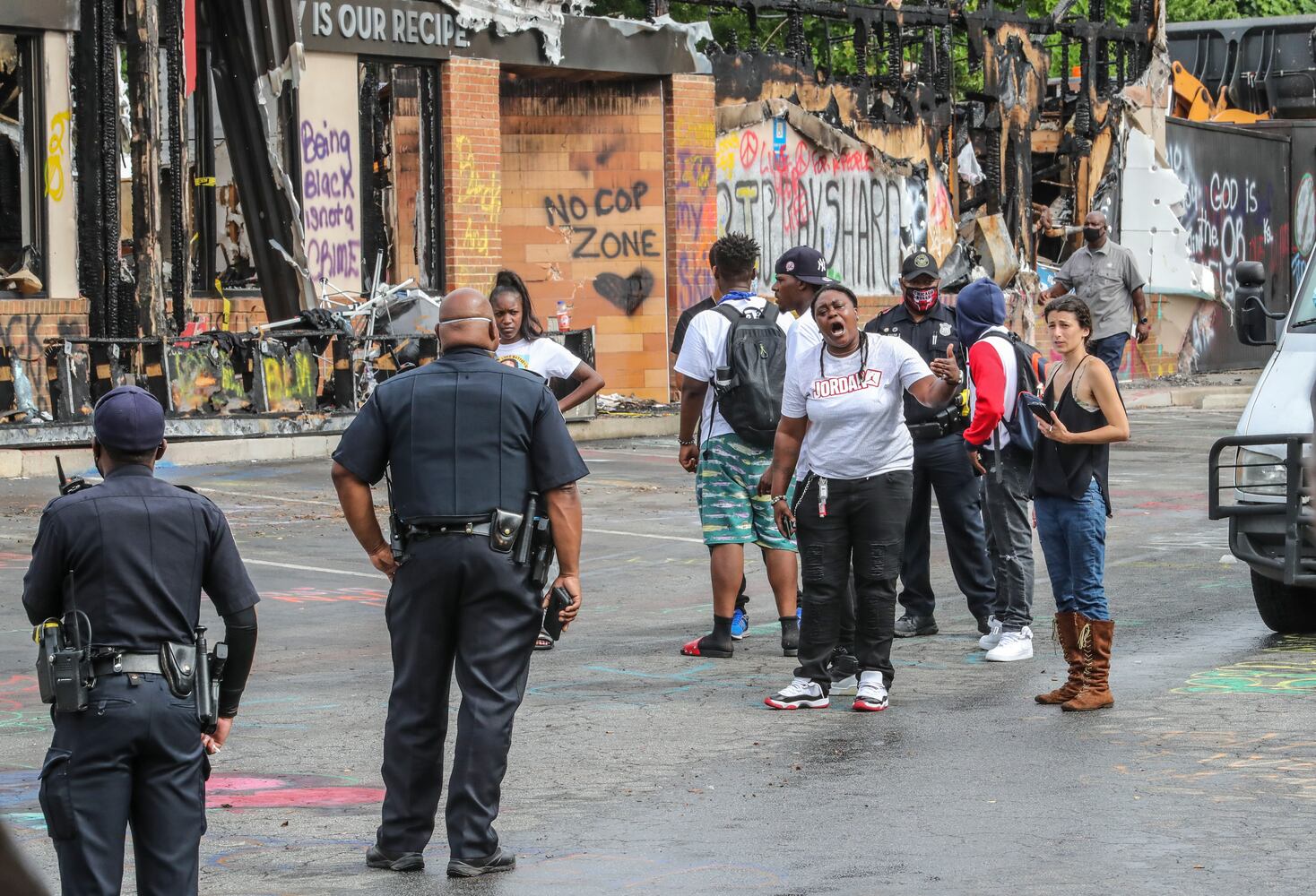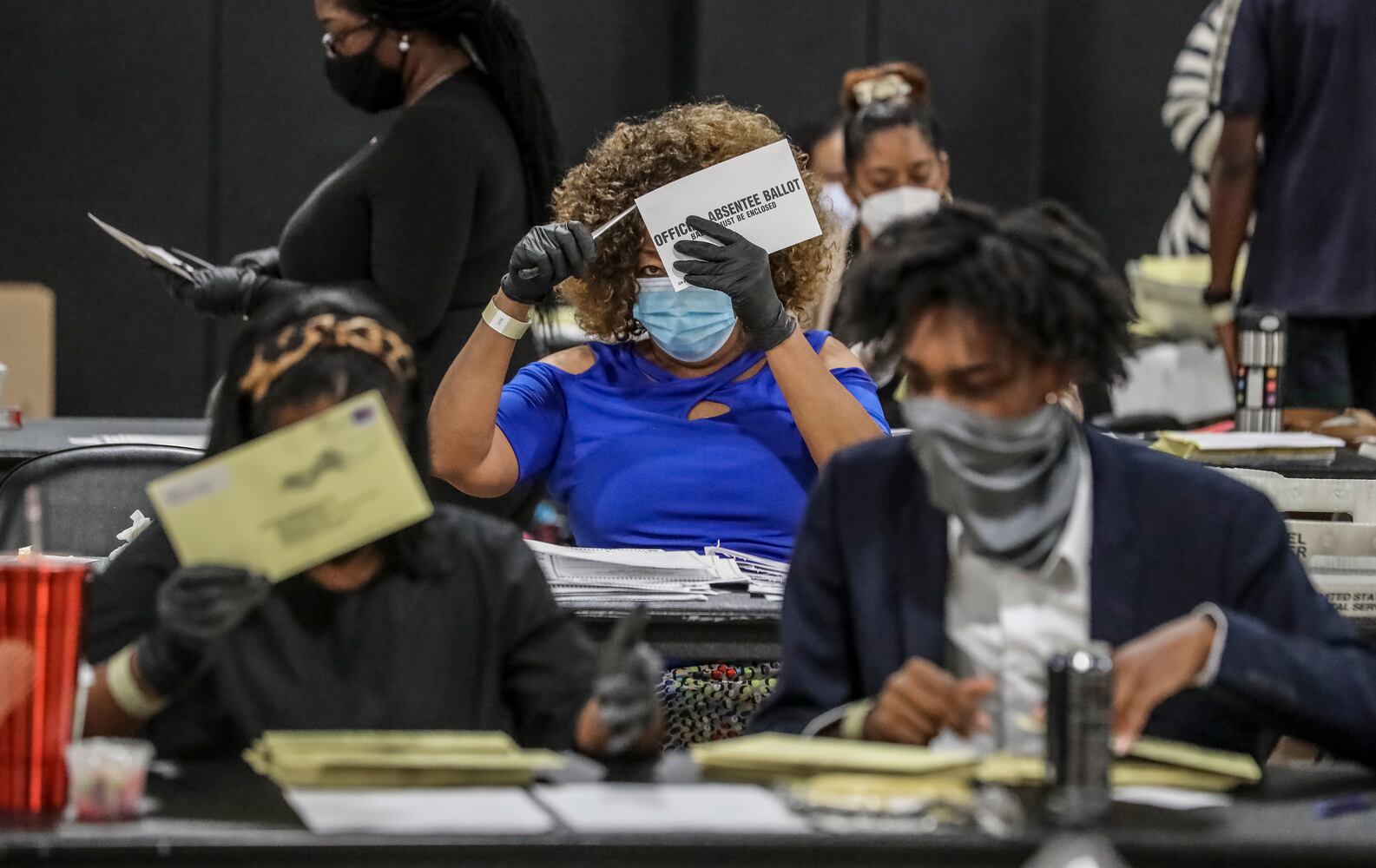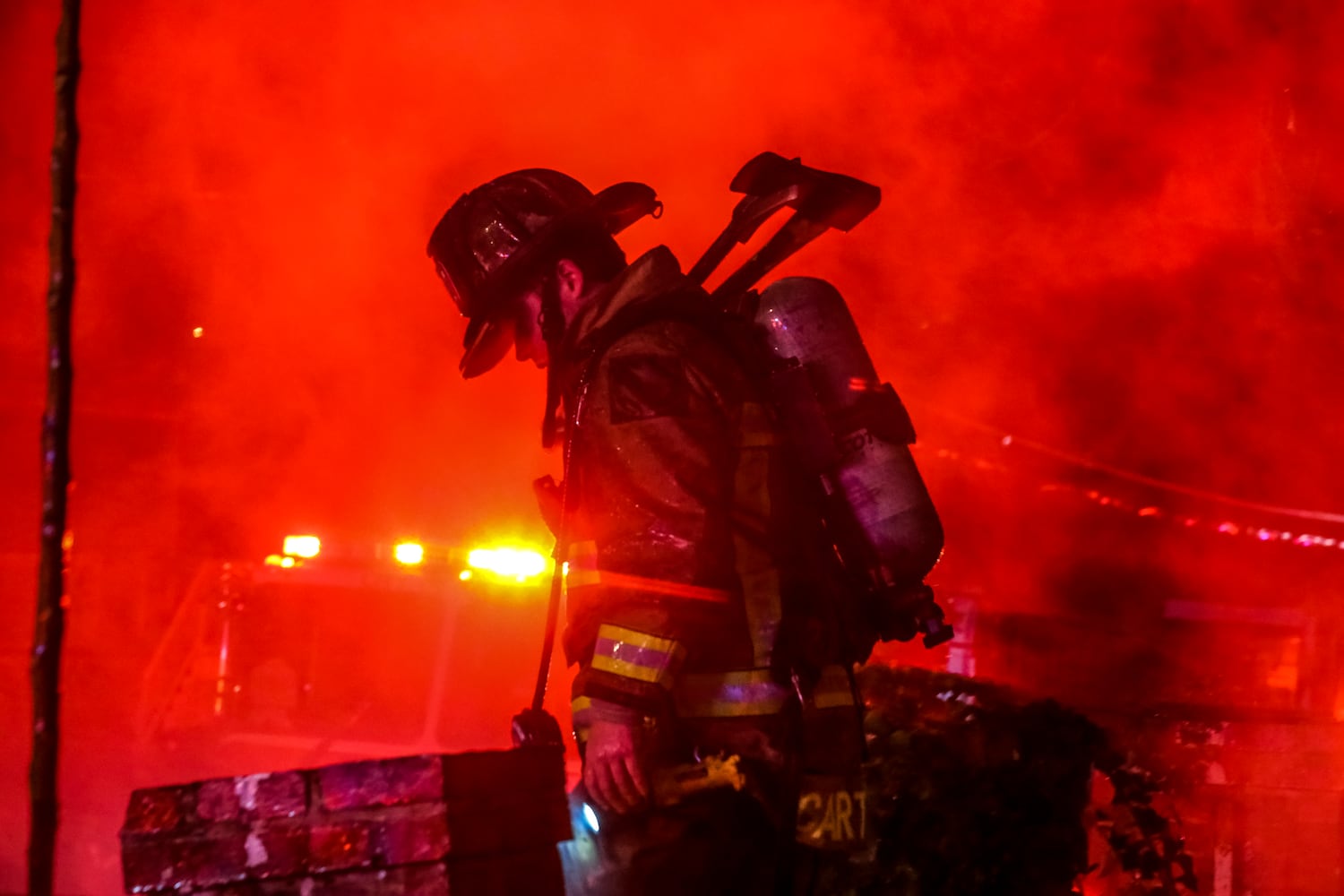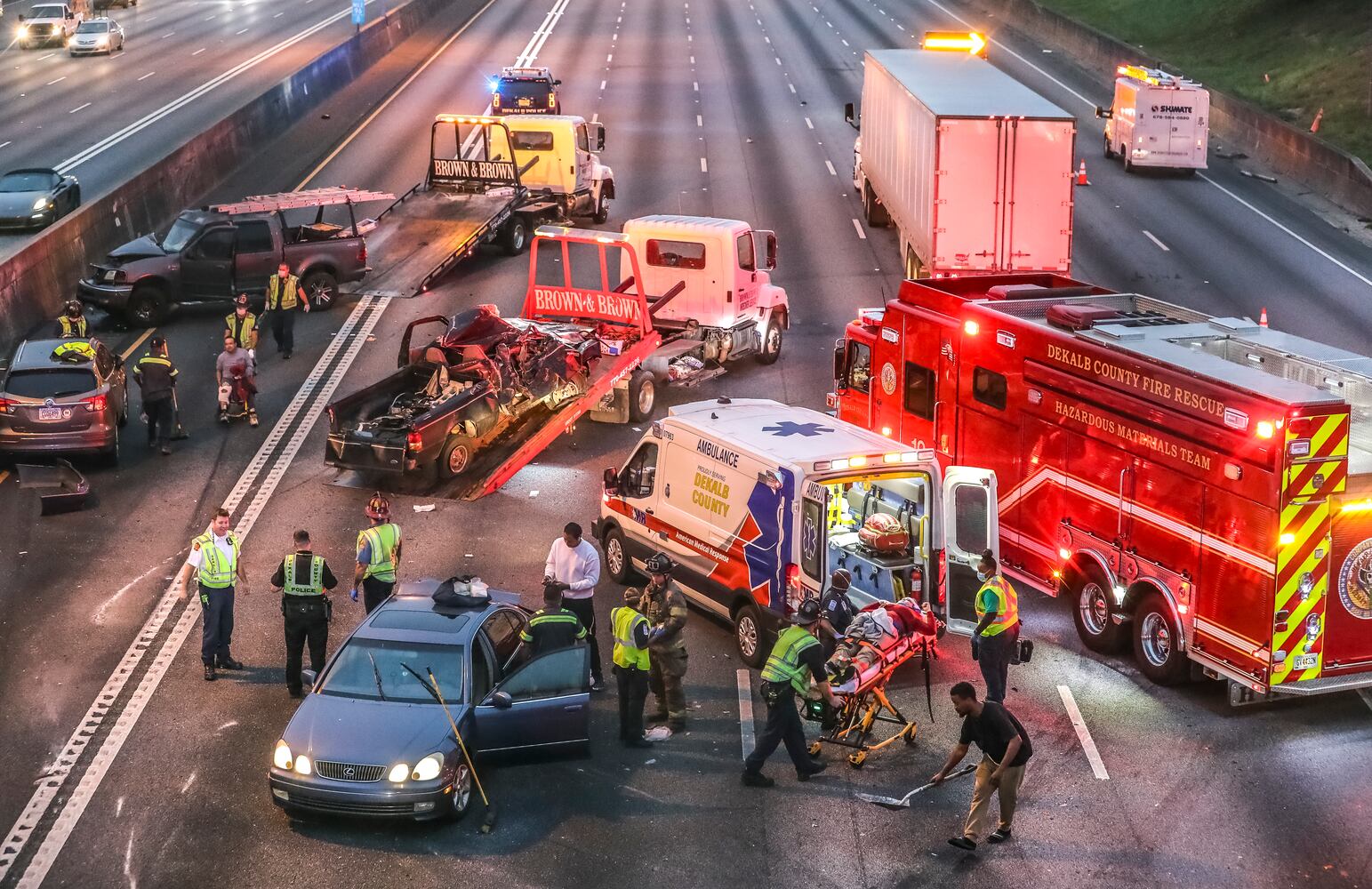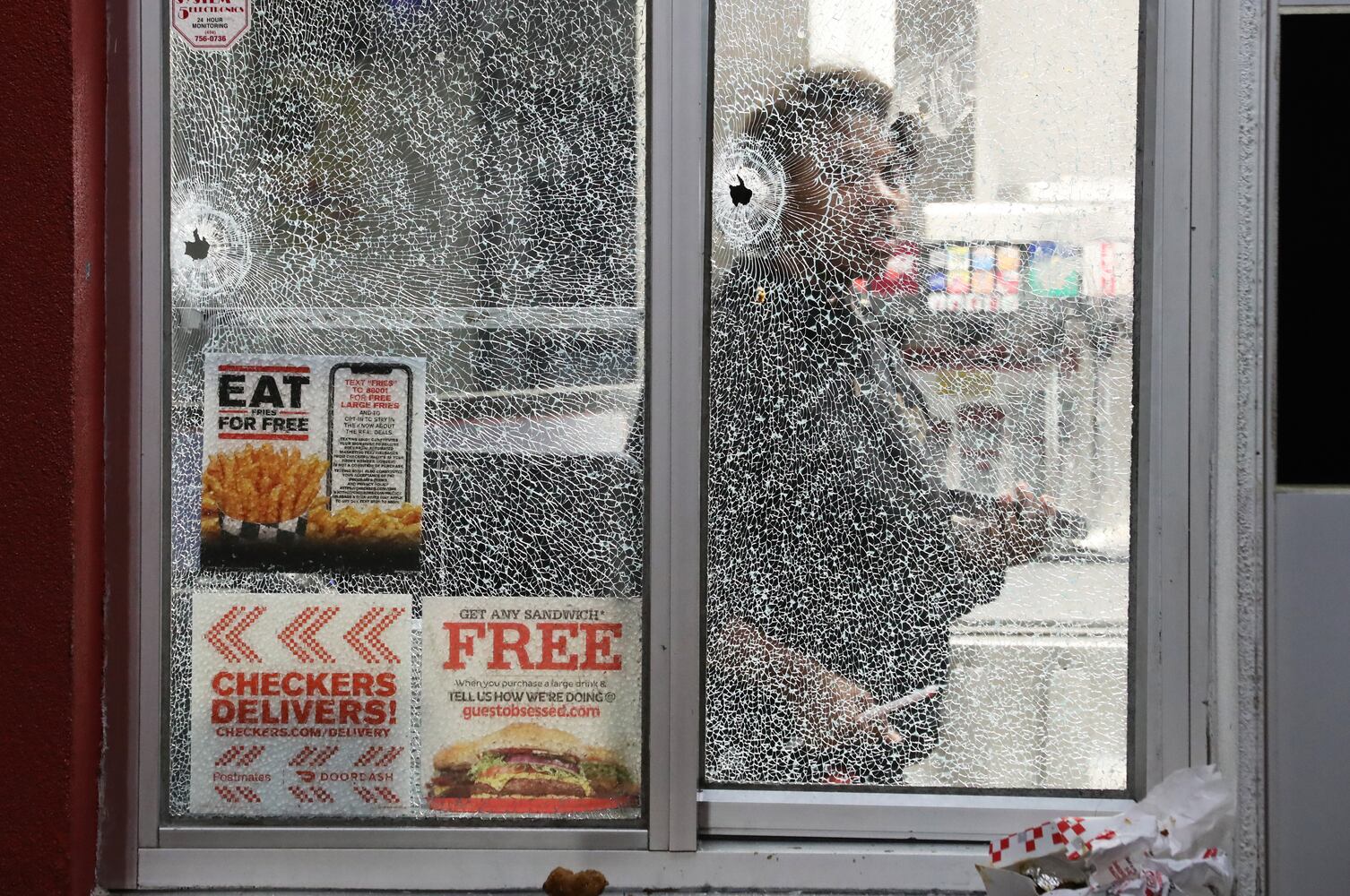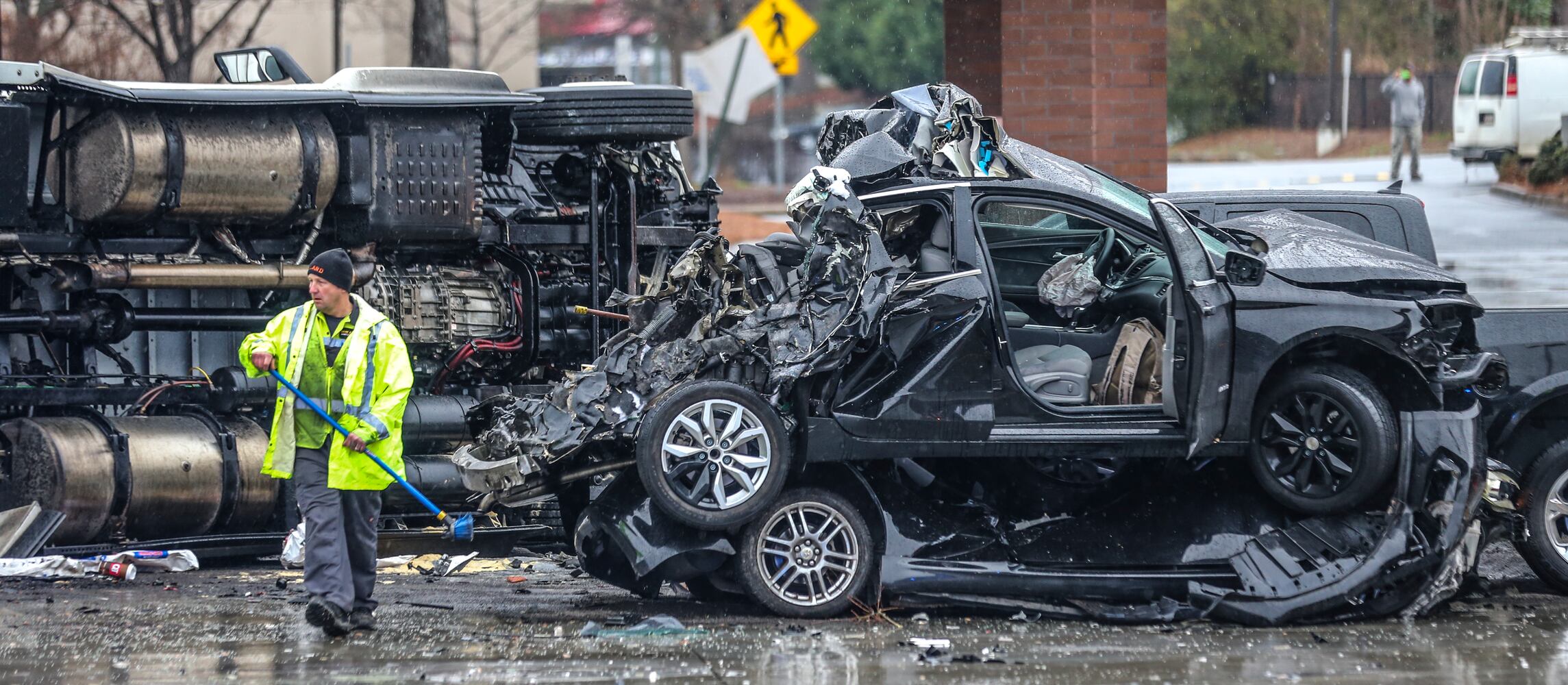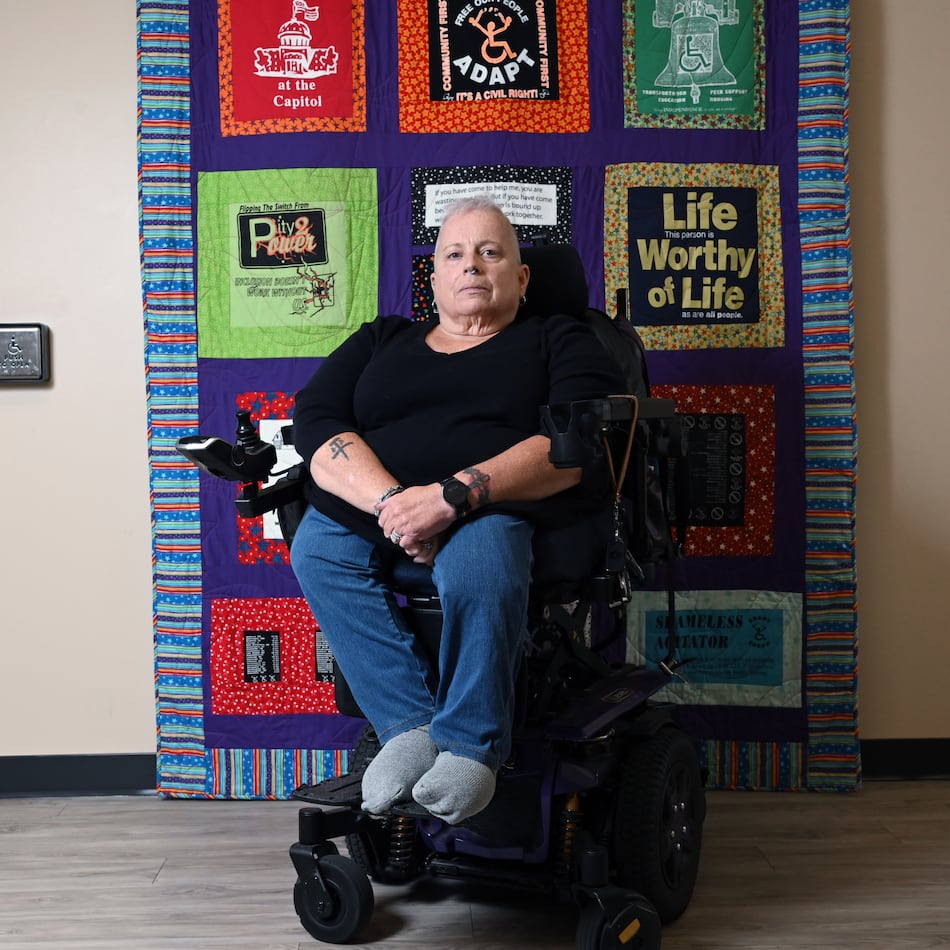Veteran journalist John Spink is a breaking news photographer, who likes to say he’s always where blue lights and red lights are flashing. He’s accustomed to taking calculated risks, but during the pandemic, he ventured into the unknown.
“All I could do was mask up, get out there, and say a prayer every day before I got going. Just went to work.” he said.
In the first few weeks, “the lockdown was the biggest surreal thing,” he said. “Being there all by myself, with the streets deserted. ... It was just so weird.”
He spent weeks looking for ways to document the pandemic from the perspective of medical workers but was stymied by a lack of media access to hospitals. Eventually, he focused on first-responder crews in ambulances. “I was always kind of curious about what made them tick,” having observed them in challenging situations during his more than 40 years in journalism. He found Grady Hospital welcomed his idea and granted some access to their crews. He was happy to able to share that perspective with readers.
While the pandemic has raged, certain aspects of metro life has continued including crime. As of Christmas weekend, Atlanta has the highest number of homicides since 1998 with 154 deaths. Amid the blue lights and red lights flashing in these and other cases, Spink can be found.
Watch this Behind the Lens video for John Spinks’ perspective on 2020:
Keep Reading
The Latest
Featured

